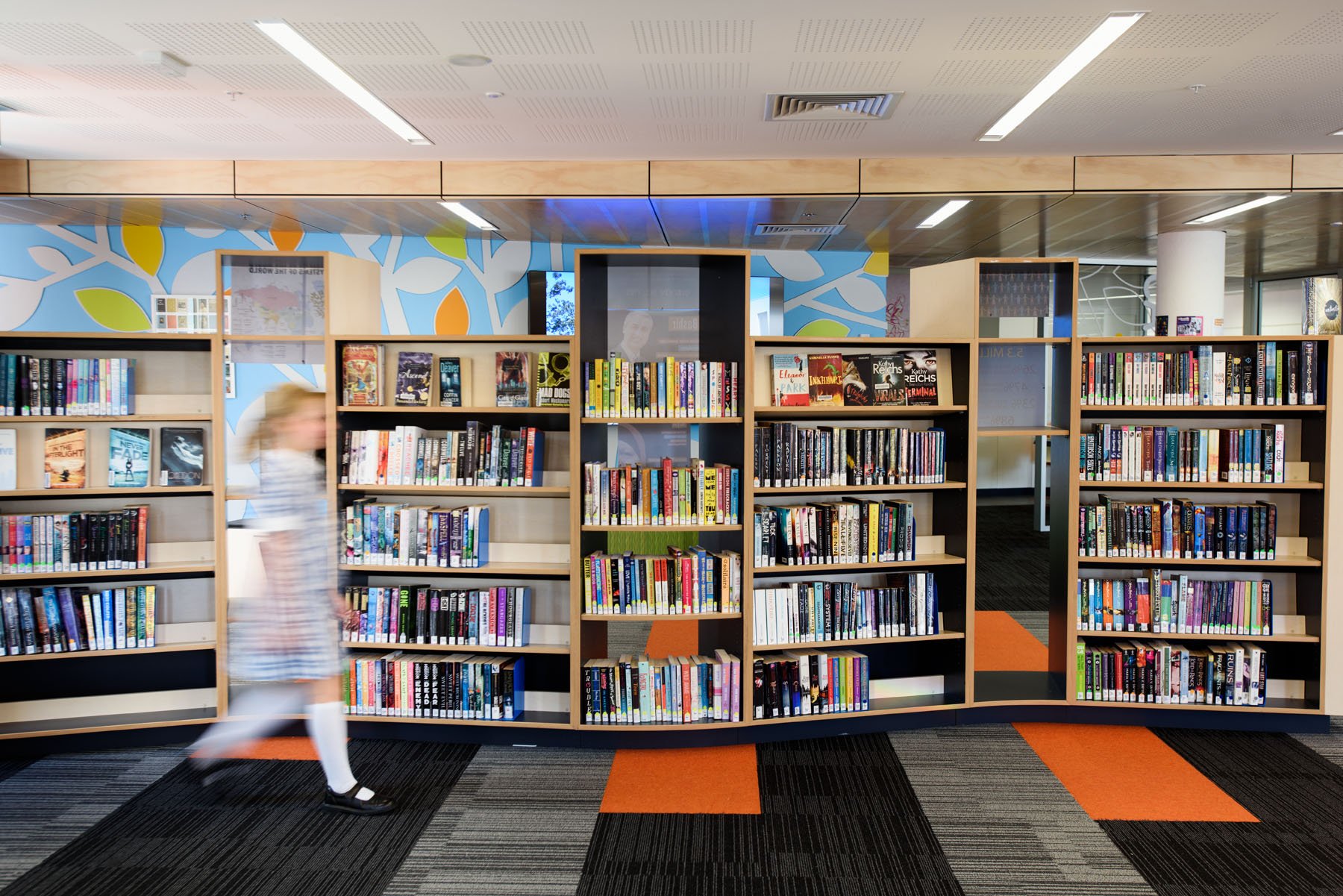Issue 133
Term 2, 2025
Educational Lending Rights: Supporting Australian stories in school libraries
Each year, data collected from school libraries helps ensure Australian authors, illustrators and publishers are fairly compensated for their work. Learn how your five minute contribution helps sustain the future of Australian books and supports diverse reading experiences across the country.

Each year, the Educational Lending Rights (ELR) School Library Survey helps ensure Australian authors, illustrators and publishers are fairly compensated for their work. Here’s how your 5-minute contribution supports future generations of readers.
The Australian Lending Right Schemes compensate Australian creators and publishers for the free use of their books in Australian public and educational lending libraries. The schemes, managed by the Australian Government’s Office for the Arts, have two components: Educational Lending Right (ELR), for school, TAFE and university libraries; and Public Lending Right (PLR), for public libraries.
In each edition of Connections, you may see articles about ELR. That is because here at Education Services Australia (ESA), our team is responsible for gathering data from school libraries to assist the government with this scheme.
Each year, we deliver a survey that collects data on book counts, more specifically we ask how many copies of particular Australian titles your school library holds. The easy part is that to complete the survey all you need to do is export a file from your library management system (LMS).
Instead of surveying the more than 9,700 schools in Australia, we select a random sample of 1,000 schools to participate. In 2024, we only received responses from 200 schools. Fortunately, we work with some LMS providers to centrally extract data. For example, if you are a government school in NSW, you may not have been invited to participate in some years because the NSW Department of Education have given permission to Softlink to export data on your behalf. Therefore, while only 200 schools responded, we ended up with data from more than 4,000 schools.
You may wonder ‘isn’t that enough?’ – and technically it is – but what is missing from centrally extracted data is the inclusion of diversity. A remote school in Western Australia may not have access to the same quantity or variety of books as a government school in Sydney.
The importance of ELR is that it benefits your school library. When Australian content creators are compensated for their work, they can continue to create more amazing books to help shape the minds of future generations. Last year, $13.174 million was paid to 10,904 authors, illustrators and publishers through ELR.
If you are invited to participate in ELR 2025–26, we encourage you to take 5 minutes to complete the survey. Invitations will be sent to schools before the end of Term 3.
For more information, head to Educational Lending Right School Library Survey | Take 5 to keep books alive! If you are a primary school, check out some of the great resources you could put up in your library, as well as colouring resources for students.